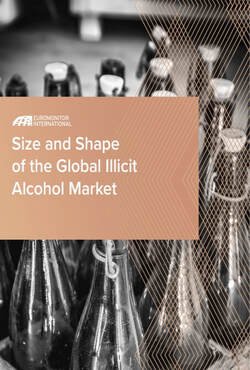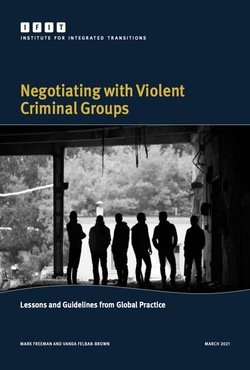By John Walsh
More than half a century after the advent of a global drug prohibition regime and the launch of the U.S. “war on drugs,” the results have been disastrous for Latin America and the Caribbean, and for the United States itself. Even worse, prohibition’s consequences are exacerbating other grave problems—corruption and organized crime, violence perpetrated with impunity, forest loss and climate change, and displacement and migration—making solutions to these challenges even more difficult to achieve. The Biden administration’s historic embrace of harm reduction represents an enormous, lifesaving advance for U.S. drug policy. But even with harm reduction services, moves to decriminalize drug possession, and shifts underway to legally regulate recreational cannabis, the brunt of drug prohibition remains intact and the drug war rages on in the Americas. The principal victims of government repression in the name of drug control and of the predations of organized crime have always been and continue to be the most impoverished and marginalized communities. At the same time, the illegal drug trade constitutes an economic survival strategy for millions of people in Latin America and around the world—a de facto social safety net of the sort that national elites and governments themselves have proven unwilling or incapable of providing.
Washington, DC: Washington Office on Latin America (WOLA), 2022. 28p.





















